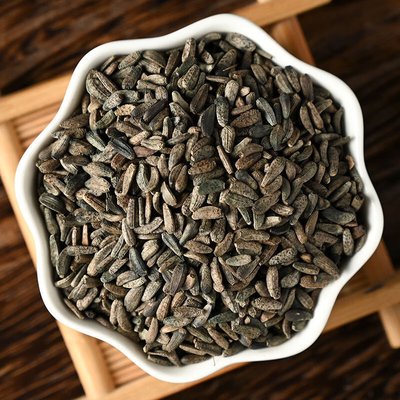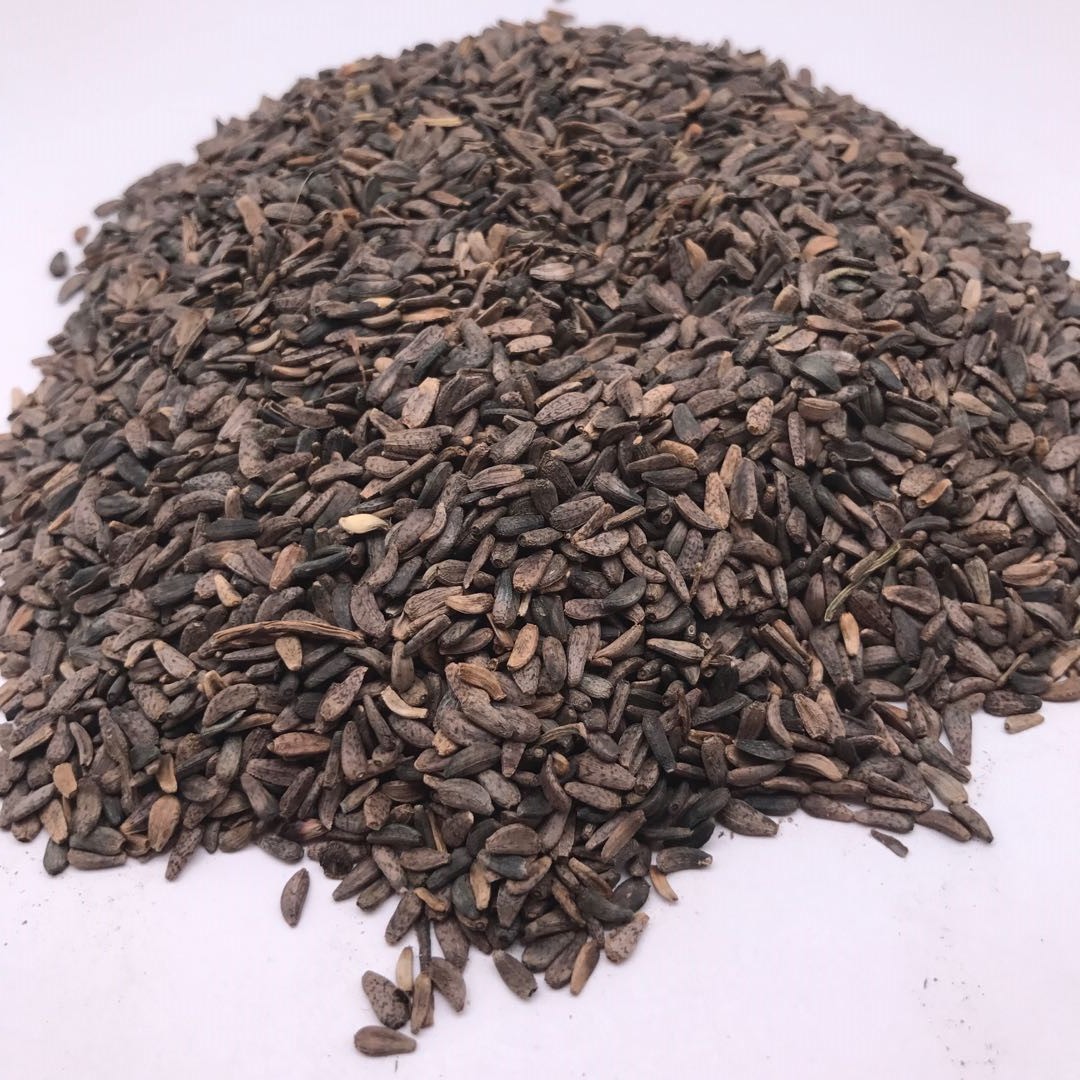
Burdock seeds, known scientifically as Arctium lappa, come from the plant commonly referred to as greater burdock.
This plant is native to Europe, Asia, and North Africa but has since been naturalized and grown in many other parts of the world, including the Americas and Australia.
The seeds of the burdock plant are elongated and somewhat curved with a brown, flattened appearance. They are harvested from the mature burdock plant's flower heads after the plant has completed its blooming cycle and before the frost sets in. Once dried, the seeds are typically collected for medicinal or culinary purposes.
In traditional medicine, particularly in Asian cultures such as Traditional Chinese Medicine (TCM) and in some European folk practices, burdock seeds are believed to have a range of health benefits. They are said to aid in digestion, help purify the blood, and support skin health due to their anti-inflammatory and antioxidant properties. Burdock seeds are also used in TCM to promote the expulsion of toxins through the skin, which is why they are sometimes used in formulas to treat skin conditions like acne and eczema.
Nutritionally, burdock seeds are a source of insoluble fiber, which can aid in digestive health by promoting regular bowel movements and contributing to a feeling of fullness. They also contain essential oils, bitter compounds called arctigenin, and polysaccharides that may contribute to their therapeutic effects.
In the kitchen, burdock seeds can be roasted and used as a coffee substitute or tea. They have an earthy flavor that can add depth and a unique taste to dishes. In Japan, the seed is also used to make a traditional condiment called "gobo no shio" where the seeds are salted and fermented.

It's important to note that while burdock seeds offer potential health benefits, they should not replace professional medical advice or treatment. Those interested in using burdock seeds for medicinal purposes should consult with a healthcare provider first.

![]()







